Analysis of Kraft Heinz Q3 2025 Earnings
Highlights
- Revenue: $6.3B (+3% YoY)
- Operating Income: $630M (+5% YoY)
- Emerging Markets growth (excluding Indonesia): 9.2%
- Indonesia sales decline impacting overall Emerging Markets performance
- Continued inflation pressures, especially in Meat and Coffee
- Lowered profit expectations due to weaker U.S. consumer sentiment
Kraft Heinz has reported notable achievements in its third-quarter performance, emphasizing a steady revenue increase and cautious navigation through economic obstacles. The company recorded a revenue of $6.3 billion, reflecting a 3% rise year-over-year, and operating income showed a stronger climb to $630 million, up 5% compared to the same quarter last year.
Revenue and Market Dynamics
Despite general revenue growth, Kraft Heinz's operations faced significant variability across different markets. Emerging Markets enjoyed a robust expansion, excluding Indonesia, with a growth of 9.2%. However, the company’s overall performance in these regions was hindered due to weakness in the Indonesian market, attributed to a substantial decline in consumer sentiment.
Cost Pressures and Consumer Behavior
Key challenges persisted, particularly from inflation in commodities like Meat and Coffee. The company chose not to fully pass these increased costs onto consumers, considering competitive dynamics, which slightly impacted profit margins. Adding to these woes, weaker consumer sentiment in the United States has compelled the company to revise its profit outlook downwards. This cautious approach in pricing and investment reflects the current economic complexities and a shift in buying behavior that the company is facing.
Strategic Investment and Promotions
Kraft Heinz has made notable strides by amplifying its promotional and R&D budget, with an additional $300 million in U.S. promotional spend and around $80 million more in marketing. This strategy appears to focus on maintaining consumer engagement and driving brand loyalty, especially across staples like Meat and Cheese. However, the effectiveness of these investments, particularly in boosting sales volumes, will need close monitoring.
In sum, while the company’s strategic initiatives signal a proactive stance towards securing market position, the economic headwinds and sector-specific challenges present formidable hurdles. Understanding the balance between maintaining cost effectiveness and driving growth, particularly in commoditized categories, will be critical for Kraft Heinz as it moves forward.
